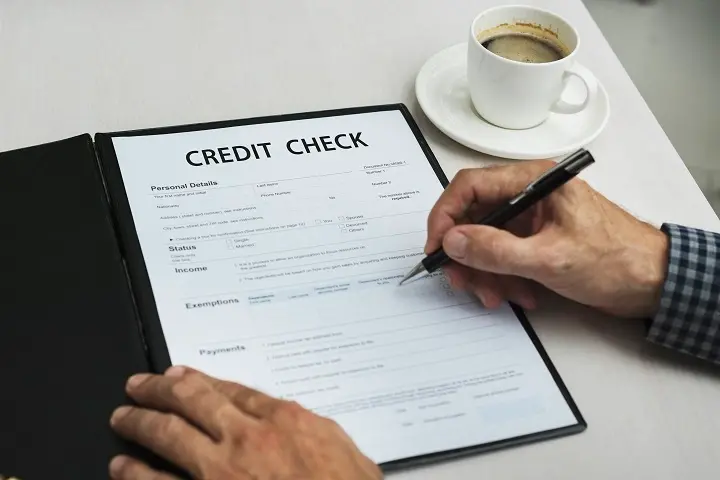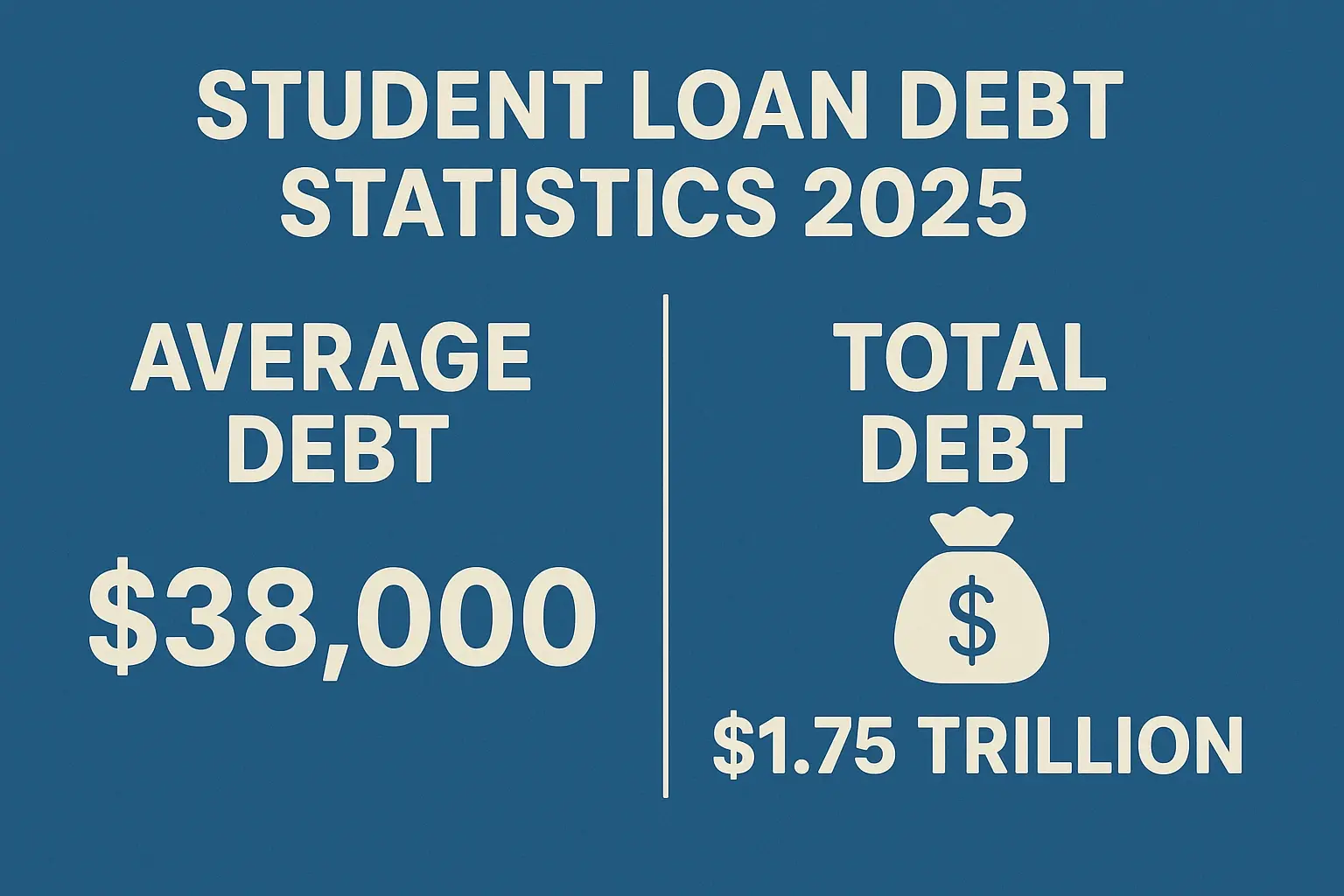-
Posted on: 29 Mar 2024

-
A repossession can significantly damage your credit score and haunt your financial life for years. Understanding how a repo impacts your credit and, more importantly, how to potentially remove it is crucial for rebuilding your financial future. This comprehensive guide will walk you through the steps involved in attempting to get a repossession removed from your credit report, exploring your rights, and offering strategies for credit repair.
Understanding Repossession and Its Impact on Your Credit
Repossession occurs when a lender reclaims property (most commonly a vehicle) due to a borrower's failure to make payments as agreed upon in the loan contract. The lender then sells the property to recoup some of their losses. The difference between the sale price and the outstanding loan balance, plus any repossession-related fees, becomes your responsibility, creating a deficiency balance.
How Repossession Affects Your Credit Score
A repossession has a severely negative impact on your credit score, impacting multiple areas:
- Lowered Credit Score: Repossessions are considered major derogatory marks, and they can significantly lower your credit score, often by hundreds of points. The exact impact depends on your starting credit score.
- Payment History: Repossessions are reported as "charge-offs" or "repossession" on your credit report. They also involve multiple late payments leading up to the repossession, which further damage your payment history (the most significant factor in credit scoring).
- Difficulty Obtaining Credit: A repossession makes it much harder to obtain new credit, such as loans, credit cards, or even rental housing. Lenders view you as a higher risk, leading to higher interest rates or outright denial.
- Higher Interest Rates: Even if you are approved for credit, a repossession can result in significantly higher interest rates, costing you more money over the life of the loan.
- Impact Lasts for Years: Repossessions remain on your credit report for seven years from the date of the first missed payment that led to the repossession.
What Happens After a Repossession?
- Notice of Repossession: You will typically receive a notice from the lender stating their intent to repossess the property.
- Repossession: The lender will take possession of the property. In most cases, they don't need a court order to do so.
- Notice of Sale: After the repossession, you'll receive a notice of sale outlining the date, time, and location of the sale, or how the vehicle will be sold.
- Sale of Property: The lender sells the repossessed property, often at auction, for less than its original value.
- Deficiency Balance: You are responsible for paying the deficiency balance (the difference between the sale price and the loan amount, plus repossession fees). The lender may pursue legal action to collect this debt.
Strategies for Removing a Repossession from Your Credit Report
While a repossession can stay on your credit report for seven years, there are strategies you can use to try and get it removed earlier. It's important to understand that there are no guarantees, but these methods can improve your chances.
1. Dispute the Repossession with the Credit Bureaus
The Fair Credit Reporting Act (FCRA) grants you the right to dispute inaccurate or incomplete information on your credit report. This is often the first and most common approach to take.
How to File a Dispute:
- Obtain Your Credit Reports: Get free copies of your credit reports from each of the three major credit bureaus: Experian, Equifax, and TransUnion. You can access them for free at AnnualCreditReport.com.
- Identify Inaccuracies: Carefully review each report for any errors, such as incorrect dates, loan amounts, or account status.
- Gather Supporting Documentation: Collect any documents that support your claim, such as loan agreements, payment records, or correspondence with the lender.
- Write a Dispute Letter: Draft a formal dispute letter to each credit bureau individually. Be clear and concise, stating the specific inaccuracies you are disputing and including copies of your supporting documentation. Do not send originals! Keep copies for your records.
- Send the Dispute Letter: Send your dispute letter via certified mail with return receipt requested. This provides proof that the credit bureau received your letter.
- Follow Up: The credit bureau has 30 days to investigate your dispute. They will contact the lender to verify the information. If the lender cannot verify the accuracy of the repossession, the credit bureau must remove it from your report.
Potential Grounds for Dispute:
- Incorrect Reporting Date: The date of first delinquency (the date you first missed a payment leading to repossession) is crucial. If it's reported incorrectly, it could extend the time the repossession remains on your report.
- Inaccurate Account Details: Errors in the loan amount, account number, or other account details can be grounds for dispute.
- Violation of the FCRA: If the credit bureau failed to properly investigate your dispute or respond within the required timeframe, you can cite a violation of the FCRA.
- Identity Theft: If the repossession resulted from identity theft, you can dispute the entry and provide supporting documentation, such as a police report.
- Incomplete Information: If crucial information is missing, the credit bureau might be compelled to remove the item due to being unverifiable.
2. Negotiate a "Pay for Delete" Agreement with the Lender
A "pay for delete" agreement involves negotiating with the lender to remove the repossession from your credit report in exchange for paying off the remaining debt (deficiency balance). This is a less common practice, as lenders are not obligated to agree to this, but it's worth exploring.
How to Negotiate a Pay for Delete Agreement:
- Contact the Lender: Reach out to the lender and inquire about the possibility of a "pay for delete" agreement. Be polite and professional in your communication.
- Offer to Pay the Deficiency Balance: Propose to pay the outstanding deficiency balance in exchange for the lender removing the repossession from your credit report. You might offer to pay a lump sum or set up a payment plan.
- Get the Agreement in Writing: If the lender agrees to your proposal, get the agreement in writing before making any payments. The written agreement should clearly state that the lender will remove the repossession from your credit report upon completion of your payment.
- Fulfill Your Agreement: Once you have a written agreement, make sure to fulfill your payment obligations as agreed.
- Monitor Your Credit Report: After you have made the payment, regularly monitor your credit report to ensure that the repossession has been removed. If it hasn't been removed within a reasonable timeframe (e.g., 30-60 days), contact the lender and remind them of the agreement.
Important Considerations:
- Lenders are Not Obligated: Lenders are not obligated to enter into a "pay for delete" agreement, and many may refuse.
- Risk of Non-Compliance: Even with a written agreement, there's a risk that the lender may not fulfill their promise to remove the repossession.
- Financial Implications: Paying the deficiency balance can be expensive, and you need to ensure you can afford to do so.
3. Obtain a Court Order
If you believe the repossession was unlawful or violated your rights, you may be able to obtain a court order compelling the lender to remove it from your credit report. This is typically done through legal action.
Situations Where a Court Order May Be Possible:
- Wrongful Repossession: If the lender repossessed your vehicle without proper notice or legal justification, you may have grounds for a lawsuit.
- Violation of Consumer Protection Laws: If the lender violated any consumer protection laws during the repossession process, such as the Fair Debt Collection Practices Act (FDCPA), you may have a legal claim.
- Breach of Contract: If the lender breached the loan agreement, you may have a claim for breach of contract.
Consult with an Attorney:
Seeking legal advice from a qualified attorney is essential if you believe you have grounds for a lawsuit. An attorney can assess your case, advise you on your legal options, and represent you in court.
4. Statute of Limitations on Debt Collection
The statute of limitations is the period of time a creditor has to sue you to collect a debt. This period varies by state and type of debt. While the statute of limitations doesn't remove the repossession entry from your credit report, it can prevent the lender from suing you to recover the deficiency balance. Understanding this period is vital for managing debt strategically. However, remember this only prevents legal action; it doesn't erase the repo from your credit history.
Rebuilding Your Credit After a Repossession
Even if you are unable to get the repossession removed from your credit report, it's crucial to focus on rebuilding your credit. Here are some steps you can take:
- Make All Payments on Time: Consistently paying your bills on time is the most important factor in improving your credit score.
- Reduce Credit Card Balances: Keep your credit card balances low, ideally below 30% of your credit limit.
- Become an Authorized User: Ask a trusted friend or family member with a good credit history to add you as an authorized user to their credit card.
- Get a Secured Credit Card: A secured credit card requires a security deposit, which acts as your credit limit. Using a secured card responsibly can help you rebuild your credit.
- Apply for a Credit-Builder Loan: These loans are designed to help people with bad credit rebuild their credit history.
- Monitor Your Credit Report Regularly: Regularly monitor your credit report for any errors or inaccuracies.
- Patience and Persistence: Rebuilding credit takes time and effort. Be patient and persistent, and you will eventually see improvements in your credit score.
Avoiding Future Repossessions
The best way to avoid the negative impact of a repossession is to prevent it from happening in the first place. Here are some tips:
- Budget Carefully: Create a budget and track your income and expenses to ensure you can afford your loan payments.
- Communicate with Your Lender: If you are having trouble making payments, contact your lender as soon as possible. They may be able to offer options such as a temporary payment plan or loan modification.
- Consider Refinancing: If your interest rate is high, consider refinancing your loan to lower your monthly payments.
- Avoid Overspending: Don't take on more debt than you can comfortably afford.
- Build an Emergency Fund: Having an emergency fund can help you cover unexpected expenses and avoid falling behind on your loan payments.




